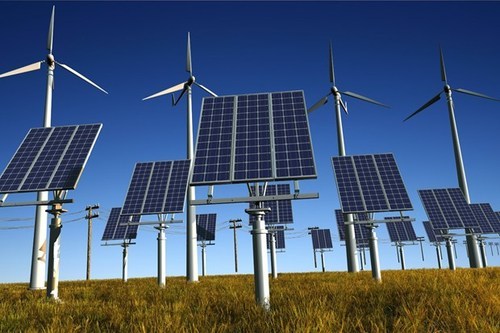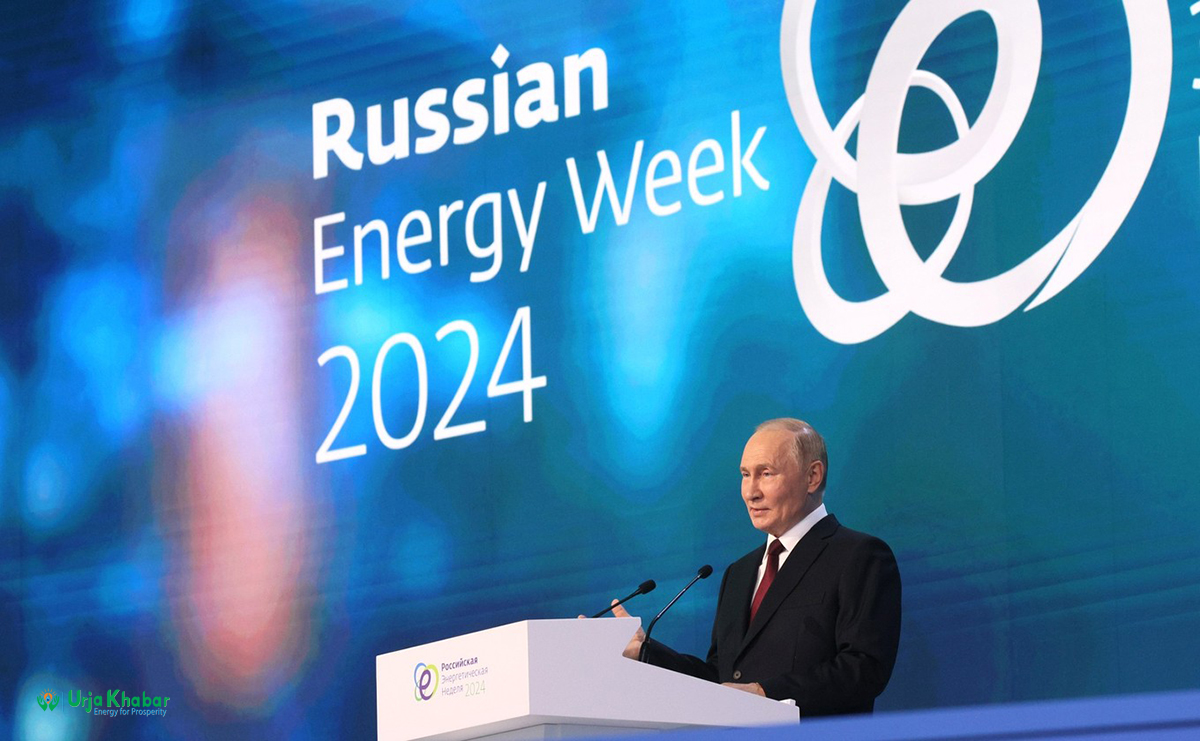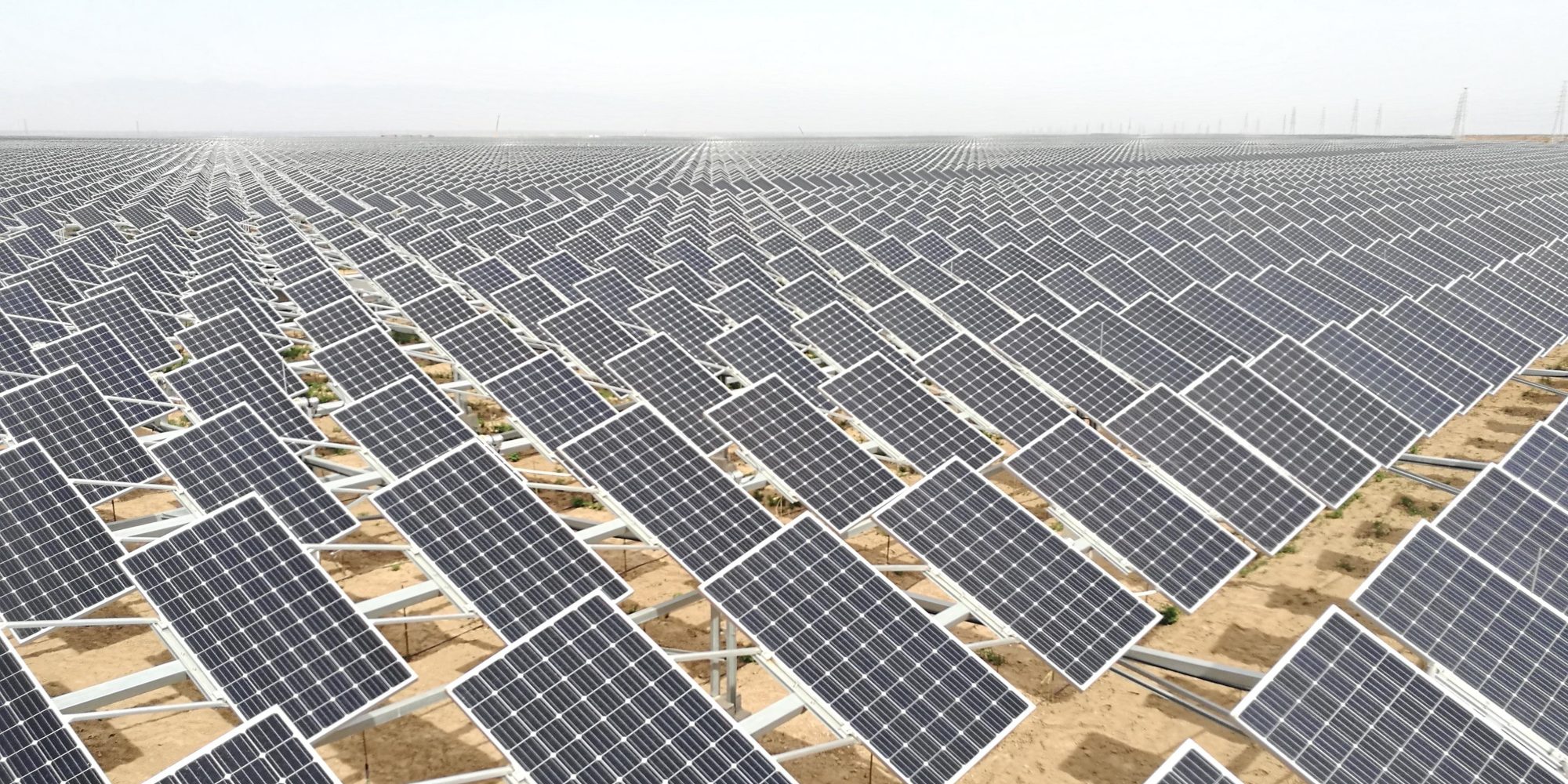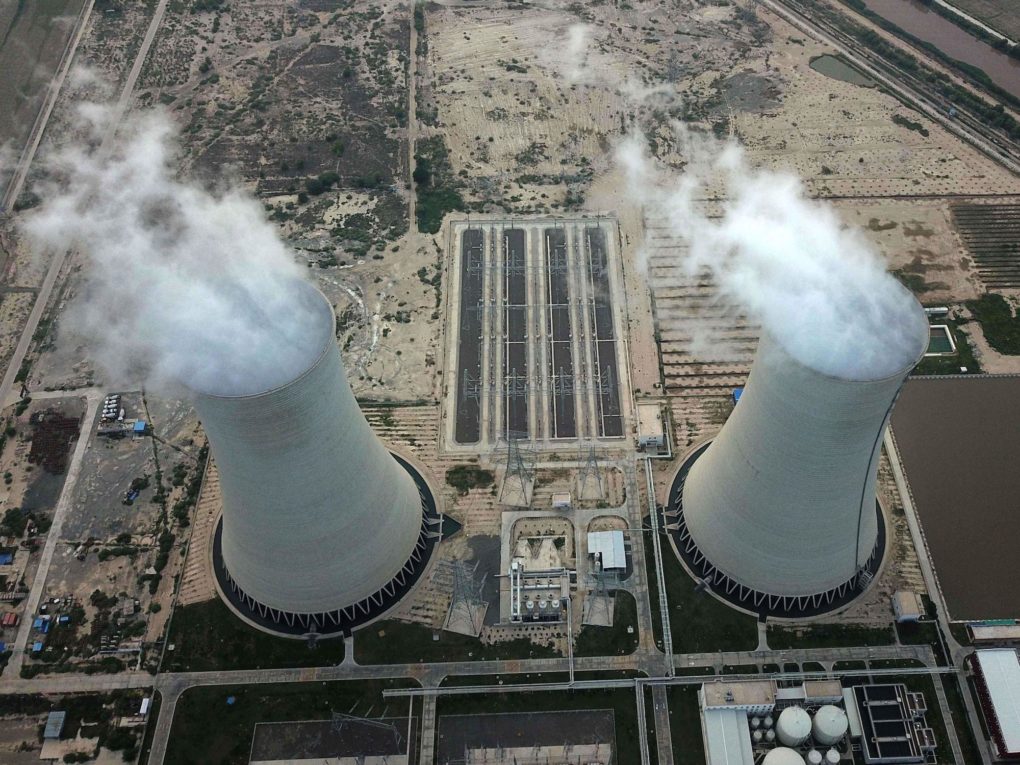Energy Update
Unrest underlines need to reform Kazakhstan’s energy sector

On January 2, 2022, massive protests erupted throughout Kazakhstan, initially over the price of liquefied petroleum gas. The government had abruptly stopped subsidies, dramatically increasing the price for consumers. These protests, triggered by issue in Kazakhstan’s energy sector, have rapidly expanded to cities all over the country and have broadened to include political demands and tense standoffs between protesters and the police. The government resigned on January 5, and the situation continues to develop.
Social unrest related to fossil fuels is not a new phenomenon in Kazakhstan. Oil worker protests in Zhanaozen in 2011, which resulted in a massacre of protesters by police, were precipitated by unfair wages, violation of worker rights, and other issues. Workers at the Tengiz oil field in western Kazakhstan have brawled and gone on strike numerous times, most recently in the summer of 2019.

These incidents underline the volatility of fossil fuels and the risks of reliance on a non-renewable resource. Major reforms in energy investments in Kazakhstan are needed, not only to reform Kazakhstan’s economy, but to meet the country’s climate goals.
At COP26 in Glasgow in November 2021, Askar Mamin, the (then) prime minister of Kazakhstan, stated that the country was finalising its plan to be carbon neutral by 2060. This effort, he said, would be based on “promoting the sustainable use of land and water, energy efficiency, electrification, and the large-scale use of eco-friendly and renewable energy sources, among others”.

Whether this goal, 38 years away, is ambitious enough is questionable. But even with that target, reform to Kazakhstan’s energy sector needs to happen if carbon neutrality by 2060 is to be a realistic goal.
According to the World Bank, Kazakhstan is one of the largest emitters of greenhouse gases in Europe and Central Asia. Most emissions come from the energy sector (82%), followed by agriculture (9.6%) and industrial processes (6.4%).
Coal-fired power plants supply more than 80% of electricity produced by Kazakhstan’s energy sector, followed by natural gas (7%) and hydropower (8%) (2015 figures). While overall emissions figures are low compared to the EU, China, and the United States, Kazakhstan contributes significantly to overall greenhouse gases compared to its Central Asian neighbours.
China is the fourth largest foreign investor overall in Kazakhstan (behind the Netherlands, the US, and Switzerland), and as of 2019, Chinese companies in Kazakhstan owned a 17.7% share in Kazakh oil production. While China is certainly not the only country worthy of attention for fossil fuel investment (the US has invested over USD 39 billion in Kazakhstan cumulatively, with over USD 33 billion in extractives), Chinese investors play a key role in Kazakhstan’s fossil fuel-reliant energy sector.
Currently, Chinese state-owned companies have stakes in more than 20 oil and gas companies in Kazakhstan, ranging from 8.33% to 100%. Chinese companies operate in all of the country’s major oil and gas regions, including Aktobe, Atyrau, Kyzylorda, and Mangystau.
Selling its coal to China keeps Kazakhstan on a fossil fuel path that appears to contradict the goal of achieving carbon neutrality
Chinese fossil fuel investments in Kazakhstan’s energy sector are also linked to high methane emissions – a potent greenhouse gas. In August 2021 a leak was detected that appeared to be coming from the Central Asia-China natural gas pipeline, operated by KazTransGas JSC, a Kazakh-Chinese state joint venture. More than 200 tons of methane per hour was being released in the leak – the equivalent of approximately 10,000 cars driving for one year in the UK.
Natural gas, which is primarily composed of methane, has been touted as a bridge fuel, but is increasingly being shown to contribute to climate change due to its high emissions rates from leaky pipelines and other infrastructure.
Concerns around fossil fuel projects in Kazakhstan’s energy sector relate not only to emissions, but also the economic and social track they place local communities on. Communities living near the oil and gas fields are the most impacted by the fossil fuel industry, but they get the least benefit from oil drawn out of their earth and sent away to drive China’s economy.
These communities pay for these fossil fuels with their health, deteriorating living conditions, destruction of their traditions, and environmental degradation. For example, hydrogen sulphide emissions near the village of Kenkiyak, close to the CPNC-AMG field were 13 times over the maximum permissible concentration, according to field reports from independent journalists cited below. Many living near the richest oil reserves in Kazakhstan lack the basics, such as clean water or clean heating for their homes. In 2018, journalists reported that 92.1% of residents in Kenkiyak faced unhealthy living conditions.
Chinese companies appear largely unconcerned about the environmental impact of and local engagement in Kazakhstan’s oil and gas sector. For example, near China National Petroleum Corporation (CNPC) operations at Kokzhide, local people report concerns of pollution and health impacts. According to interviews with Crude Accountability’s team, gas flaring, water exploitation by oil operations, and water contamination have resulted in increased respiratory and cardiovascular disease. They also contaminate produce and livestock, impacting villagers’ livelihoods.
In September 2021, the Chinese government pledged to stop investing in overseas coal development as part of its pledges to reduce carbon emissions. While this is an important step, the country has simultaneously increased its import of coal, including from Kazakhstan, which has extensive coal mining operations. Historically, 90% of Kazakhstan’s coal has been used internally, for energy. However, as the country strives to become more carbon neutral, selling its coal to China keeps Kazakhstan on a fossil fuel path that appears to contradict the goal of achieving carbon neutrality.
In addition to investing in fossil fuels, Chinese corporations are funding solar and wind projects in Kazakhstan. However, as of 2019, alternative energy comprised only around 1% of the country’s energy output. Increased investment in wind and solar in the country makes sense. Kazakhstan’s government, together with the UN, has identified at least 10 areas in the country with good wind potential, and southern Kazakhstan has favourable conditions for solar. However, as long as the majority of investments are made in the fossil fuel sector, Kazakhstan’s ability to meet its COP26 climate goals appears to be a dim possibility.
As with most of the world, Kazakhstan’s commitment to stopping the climate crisis must become more serious, and a first step is to limit its investments in oil and gas, including those developed by Chinese state companies. Likewise, China’s announcement that it was ending investment in overseas coal was delivered alongside a statement that it would invest in clean energy. By supporting clean energy in Kazakhstan, rather than investing in fossil fuels, China would have a good partner in delivering on this pledge. Working with China to reform the nature of foreign investment – in both directions – could be a critical next step.
Conversation
- Info. Dept. Reg. No. : 254/073/74
- Telephone : +977-1-5321303
- Email : [email protected]














